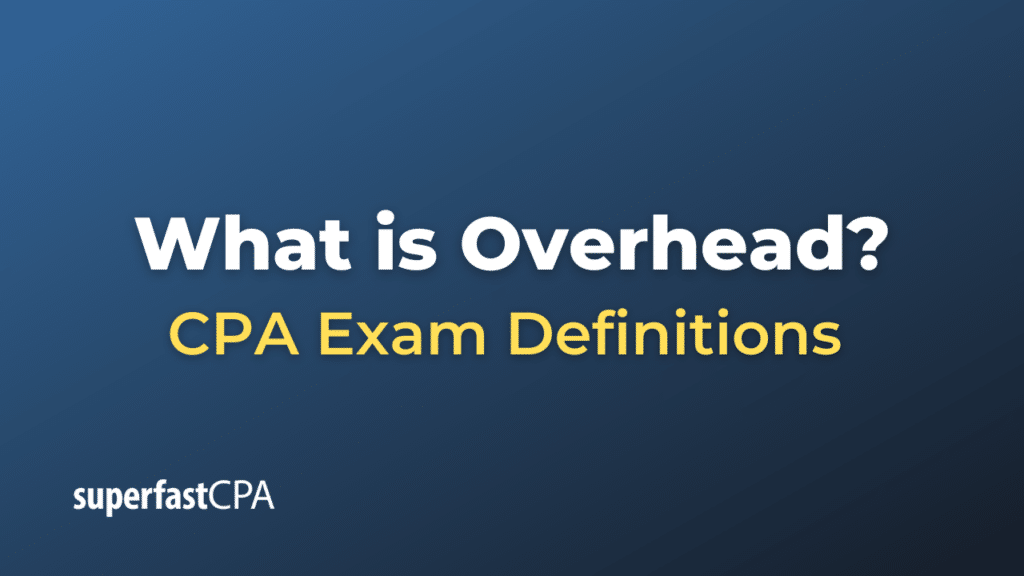Overhead
In business and accounting, overhead refers to the ongoing business expenses not directly tied to creating a product or service. It’s essentially the costs required to run the business itself. Overhead is usually broken down into two categories:
- Fixed Overhead Costs: These are costs that don’t change with the volume of output. They include expenses such as rent or mortgage payments, salaries of employees not directly involved in the production process, utilities, property taxes, insurance, and depreciation.
- Variable Overhead Costs: These costs change with the volume of output. They include expenses such as utilities (if they fluctuate significantly), raw materials, and wages of part-time staff or overtime for employees during periods of high production.
Overhead costs are important to businesses as they need to be covered in order to keep the business running, regardless of its current level of production or sales. These costs are also factored into the price of a product or service to ensure that prices are set at a level that covers all costs and provide a profit.
Understanding overhead costs is also crucial for determining the break-even point of a business and for effective budgeting and planning. In cost accounting, overhead is applied to the cost of a product using a predetermined overhead rate. The calculation and allocation of overhead can become complex, especially in businesses that offer a range of products or services.
Example of Overhead
Let’s consider a manufacturing company, ABC Widgets, which makes and sells widgets. To produce its products and operate its business, ABC Widgets incurs various costs. Some of these are directly related to production, such as the cost of raw materials and the wages of assembly line workers. These are known as direct costs. But ABC Widgets also has other expenses that are not directly tied to the production of individual widgets. These are the company’s overhead costs.
Here are some examples of ABC Widgets’ overhead costs:
- Rent: ABC Widgets pays rent for its factory and office space. This cost exists whether they produce one widget or one million widgets.
- Utilities: The company must pay for electricity, water, and other utilities for its factory and office. While these costs may vary slightly based on the level of production, they do not directly tie to the production of individual widgets.
- Salaries: ABC Widgets pays salaries to its administrative staff, managers, and maintenance personnel. These employees are essential to the business, but their work is not directly tied to the production of individual widgets.
- Insurance: The company has an insurance policy to cover its assets. This cost does not change based on the number of widgets produced.
- Depreciation: Over time, ABC Widgets’ equipment loses value. This depreciation is considered an overhead cost.
All these costs are part of the company’s overhead. When determining the cost of its widgets, ABC Widgets must consider not just the direct costs of production, but also a portion of the overhead costs. This ensures that the selling price of each widget covers all the costs associated with running the business.













